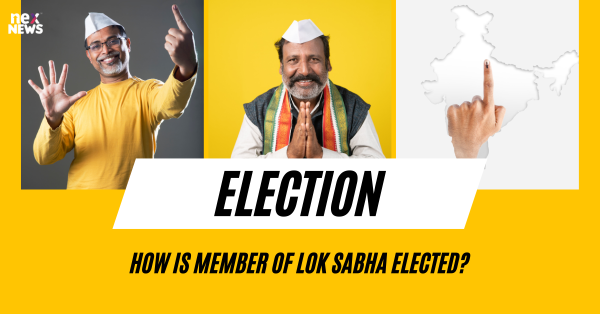Election Process in Lok Sabha
The election process in the Lok Sabha follows a strict and well-defined procedure. Elections are held every five years unless the parliament is dissolved earlier. The entire country is divided into constituencies, and each constituency elects one member to represent them in the lower house of Parliament.
During the election process, political parties and independent candidates nominate their representatives to contest in the Lok Sabha elections. The Election Commission of India oversees the entire process to ensure free and fair elections. The voting is conducted through a secret ballot system, where eligible citizens come forward to cast their votes and choose their preferred candidate to represent them in the Lok Sabha.
Eligibility Criteria for Lok Sabha Members
To be eligible for membership in the Lok Sabha, a candidate must be a citizen of India. Additionally, the individual must have attained the age of 25 years to qualify to run for a seat in the lower house of the Parliament. These stipulations are in place to ensure that those elected to represent the diverse population of India are mature and committed to serving the interests of the Indian people.
Furthermore, a person seeking Lok Sabha membership must not hold any office of profit under the Government of India or any state government, except for positions deemed exempt by Parliament. This requirement aims to prevent conflicts of interest and ensure that elected members are dedicated to their role in the legislative process, prioritizing the welfare of the constituents they represent.
Role of Political Parties in Lok Sabha Elections
Political parties play a crucial role in the Lok Sabha elections by shaping the political landscape and influencing voter behavior. These parties serve as vehicles for organizing political ideology and mobilizing support for candidates. They play a significant role in crafting election campaigns, strategizing on key issues, and garnering public support through various means such as rallies, advertisements, and social media.
Moreover, political parties play a vital role in providing a platform for candidates to showcase their capabilities and connect with voters. Parties often act as intermediaries between the government and the public, articulating the needs and demands of their respective constituencies. Additionally, political parties help in maintaining accountability and transparency by holding elected representatives to their promises and ensuring that governance aligns with their stated agendas.
Nomination Process for Lok Sabha Candidates
Upon deciding to contest in the Lok Sabha elections, individuals must adhere to the nomination process as set forth by the Election Commission of India. One of the primary requirements is to obtain a Form 2A or Form 2B from the returning officer in their respective constituency. These forms must be duly filled and submitted along with a security deposit, which is refundable if the candidate secures a certain percentage of votes in the election.
Additionally, candidates must provide details of their criminal record, if any, as well as their financial assets and liabilities. These details are crucial for transparency and accountability in the electoral process. Once all necessary forms and documents are submitted, the returning officer scrutinizes the nomination papers to ensure they meet all eligibility criteria specified in the Representation of the People Act.
Campaigning Strategies for Lok Sabha Elections
Campaigning for Lok Sabha elections requires a well-thought-out strategy to effectively reach voters and convey the party's message. One of the key tactics used by political parties is holding rallies and public meetings across various constituencies to connect with the electorate. These events provide an opportunity for candidates to address the crowd, showcase their vision, and garner support.
In addition to traditional campaign methods, digital marketing has become an integral part of Lok Sabha election strategies. Parties leverage social media platforms, email campaigns, and online advertisements to engage with voters, especially the younger demographic. By utilizing these digital tools, candidates can reach a wider audience, tailor their messages, and create awareness about their campaign promises.
